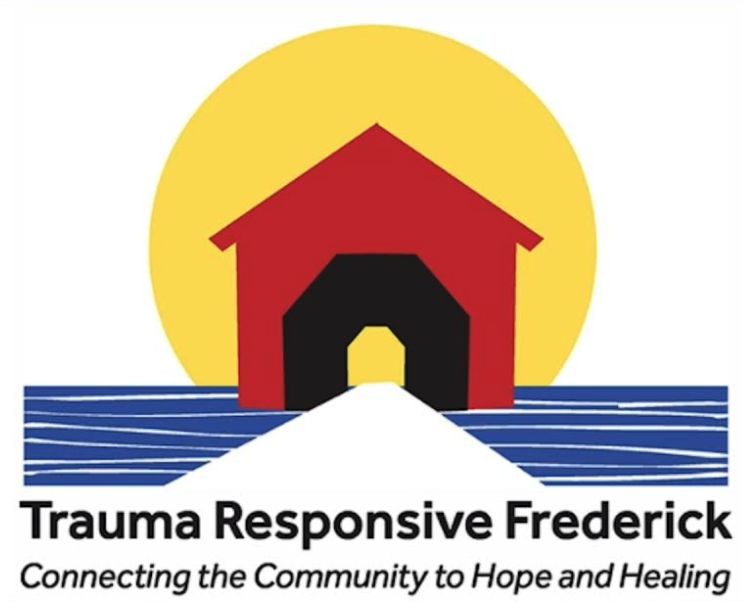
We don’t need to tell you that the pandemic is causing unprecedented levels of stress in your employees. Recent studies report that 7 in 10 employees say that this is the most stressful time of their career. This high level of stress can lead to an increase in sick days or absenteeism. Stress can cause isolating behavior, personality changes, difficulties with job performance, or a decrease in engagement or difficulty organizing tasks or thoughts. People could also exhibit a loss of enjoyment in their work and may have frequent expressions of sadness, worry or hopelessness. There is a good business case for engaging and supporting your workforce around these issues.
Prior to the pandemic it was estimated that 1 in 5 Americans had mental health concerns. Forty percent of employees with a mental health challenge take time off because of it, which may add up to 10 or more days per year. Depression and anxiety costs the global economy $1 trillion per year in lost productivity. In fact, mental health challenges is the leading cause of disability worldwide. Untreated these challenges can lead to problems with addiction or occur simultaneously. Estimates are that 1 in 10 full-time employees has an addiction of some kind. Addictions of any kind can interfere with an employee’s ability to perform at their best.
Remember, these statistics were reported prior to the pandemic. There is no doubt the pandemic has increased the number of people struggling with mental health challenges due to trauma experienced during the outbreak and beyond. These traumas could include the loss of housing, loss of work, loss of family members or friends, food insecurity, loss of security, increase in intimate partner violence, loss of support structures like schools, and generalized worry about children and the future. Your employees and staff have always struggled with stress at home and work, stress that has been magnified by the pandemic.
Some people are equipped with the tools and support to cope with their stressful circumstance and changes in their lives, but others struggle much more. For some, staying at work, or returning to work may be further traumatizing if they do not feel safe and secure. Business owners and managers need to be aware of the negative situations in their employees’ lives if they are to support their mental health needs and help build a more resilient workplace and workforce. To do this, it is necessary to understand trauma, and the impact that trauma has on an individual.

The Substance Abuse and Mental Health Services Administration (SAMHSA) defines trauma as what an individual experiences as a result of an event, series of events, or set of circumstances that is experienced by an individual as physically or emotionally harmful or life threatening and that has lasting adverse effects on the individual’s functioning and mental, physical, social, emotional or spiritual well-being.
Trauma can result from exposure to many different negative circumstances to include adverse childhood experiences, race-related or racial trauma, and secondary or vicarious trauma. Other toxic or traumatic experiences that could affect an individual are natural disasters, serious accidents, terrorist acts, war, and of course, pandemics. Living in poverty and the constant state of deprivation and anxiety is also a traumatic experience. This is the basis of the scientific model that explains the relationship between stress, toxic environments and behavioral health issues.
The link between trauma and behavioral health issues is easier to understand when you think about the impact of adverse childhood experiences (ACEs) on a child’s brain development. When children experience traumatic events, such as being victims or witnesses to violence they suffer. Trauma over-stresses the developing brain, which can impact emotional response and force children into constant “survival mode”. Decades of research have established the link between a child’s exposure to trauma, its effect on neurological and behavioral development and long-term consequences. Childhood exposure to trauma can impact mental and physical well-being, healthy relationships, and academic achievement, which only fuels the cycle of violence, addiction, and poverty.
It is estimated that approximately 60% of adults and 50% of children have been exposed to adverse childhood experiences (ACEs). About two-thirds of adults have experienced at least one ACE, and 15-17% have experienced four or more such experiences. One study found that individuals who have experienced four or more ACEs had a significantly higher risk of alcoholism, drug abuse, depression and suicide compared to those who experienced none. They also have a higher rate of engaging in risky behavior, as well as an increased rate of heart disease, cancer, chronic lung disease, fractures and liver disease. Understandably, all these behaviors and conditions can negatively impact your workforce.
There are things that you can do as a business owner or manager that can support your employees as they struggle with past traumas and current stressors. It makes good sense as well as good business sense to offer services that help to mitigate the influences of trauma before the symptoms escalate, impact your workplace, other employees and worker well-being.
The first step for any business who embraces the trend in the business community to address these concerns is to understand what it means to be “trauma-informed”. Any trauma informed approach emphasizes the need for communities to recognize the prevalence and pervasive impact of trauma on the lives of their residents and addresses these individuals in a way that avoids re-traumatization. It guides the development of trauma-sensitive or trauma-informed values, services, laws, and protocols.
SAMHSA uses a four “R” method to describe how to start becoming trauma informed. Realize the widespread impact of trauma and understand potential paths for recovery. Recognize the signs and symptoms of trauma in clients, families, staff and others you engage. Respond by integrating the knowledge you acquire about trauma into policies, procedures and other practices. Actively resist re-traumatization.
You can introduce trauma informed principles into your business or organization in a phased approach. The Missouri Model outlines four stages of adoption that allow you to focus on one thing at a time. First, the organization becomes aware of how prevalent trauma is within the community and business. Second, the organization begins to understand and become sensitive to trauma-informed principles, causes, expressions and ways to overcome trauma related problems that impact your employees and business. Third, the organization can begin to respond by planning the implementation of policy and procedural changes that can help evolve culture. All employees should understand this effort as an improvement in the culture and work norms. These changes could include training or educational programs. Last, the organization implements trauma informed practices and policies and tracks progress.
As stated before, one of the first steps in creating a resilient workplace is to understand that your employees may be bringing their trauma to work. Some ways you can assist and support them is by adjusting the staffing procedures and schedules to accommodate challenges that arise, offer access to support, do frequent staff well-being check-ins, establish ways to encourage frequent and safe communication, train people in your organization about trauma, model healthy coping strategies yourself and focus training on how to manage stress.
One such training program is offered by the National Council for Mental Wellbeing. Their Mental Health First Aid modules are available at no cost to businesses because they are supported by grants from SAMHSA. They provide a skills-based training that teaches participants about mental health and substance-use issues. More information can be found at Mental Health First Aid.
The workplace can be a source of stress for many, but it can also be a place of healing. Building resilience is a powerful tool to utilize to keep the foundation of your business strong while supporting the well-being and prosperity of your employees and yourself. Current mental health trends in the business community include fostering a resilient workplace, acknowledging that wellness is every leader’s responsibility, that mental health should be a priority and that a more expanded and holistic approach to employee benefits should be considered. The adoption of trauma informed practices will strengthen your business while supporting your employees during these difficult times and into the future
This is a lot of information to absorb. If you need assistance or you would like to learn more about trauma informed and trauma responsive concepts and how these practices can strengthen your work culture and workforce, contact Trauma Responsive Frederick (TRF) through our website. There is a great deal of information on that site that you can utilize as you move forward.
 TRF is a volunteer-driven multisector collaborative that shares trauma-response practices and extends training and resources to the community. This collaborative formed in April 2020 when experts in the field of trauma, resiliency and healing in Frederick County recognized that the pandemic would certainly increase the incidence of trauma in the community. With the onset of the pandemic, the adoption of a trauma-responsive approach became more urgent. Understanding these concepts and how to implement trauma-responsive best practices is an important strategy if we are to maintain the health and well-being of the whole community. These goals are at the core of TRF’s mission and vision. www.traumaresponsivefrederick.org
TRF is a volunteer-driven multisector collaborative that shares trauma-response practices and extends training and resources to the community. This collaborative formed in April 2020 when experts in the field of trauma, resiliency and healing in Frederick County recognized that the pandemic would certainly increase the incidence of trauma in the community. With the onset of the pandemic, the adoption of a trauma-responsive approach became more urgent. Understanding these concepts and how to implement trauma-responsive best practices is an important strategy if we are to maintain the health and well-being of the whole community. These goals are at the core of TRF’s mission and vision. www.traumaresponsivefrederick.org
Choitz, Vickie and Wagner, Stacey, “A Trauma-Informed Approach to Workforce”, National Fund Workforce Solutions, 2021 Taillac, Cosette; “The New Workplace is Trauma-Informed”, Kaiser Permanente Business, October 5, 2020 Stelter, Nicole; “When Workplace Stress is High, Resilience is Key “, Kaiser Permanente Business, June 18, 2019
Frederick Chamber Insights is a news outlet of the Frederick County Chamber of Commerce. For more information about membership, programs and initiatives, please visit our website.

